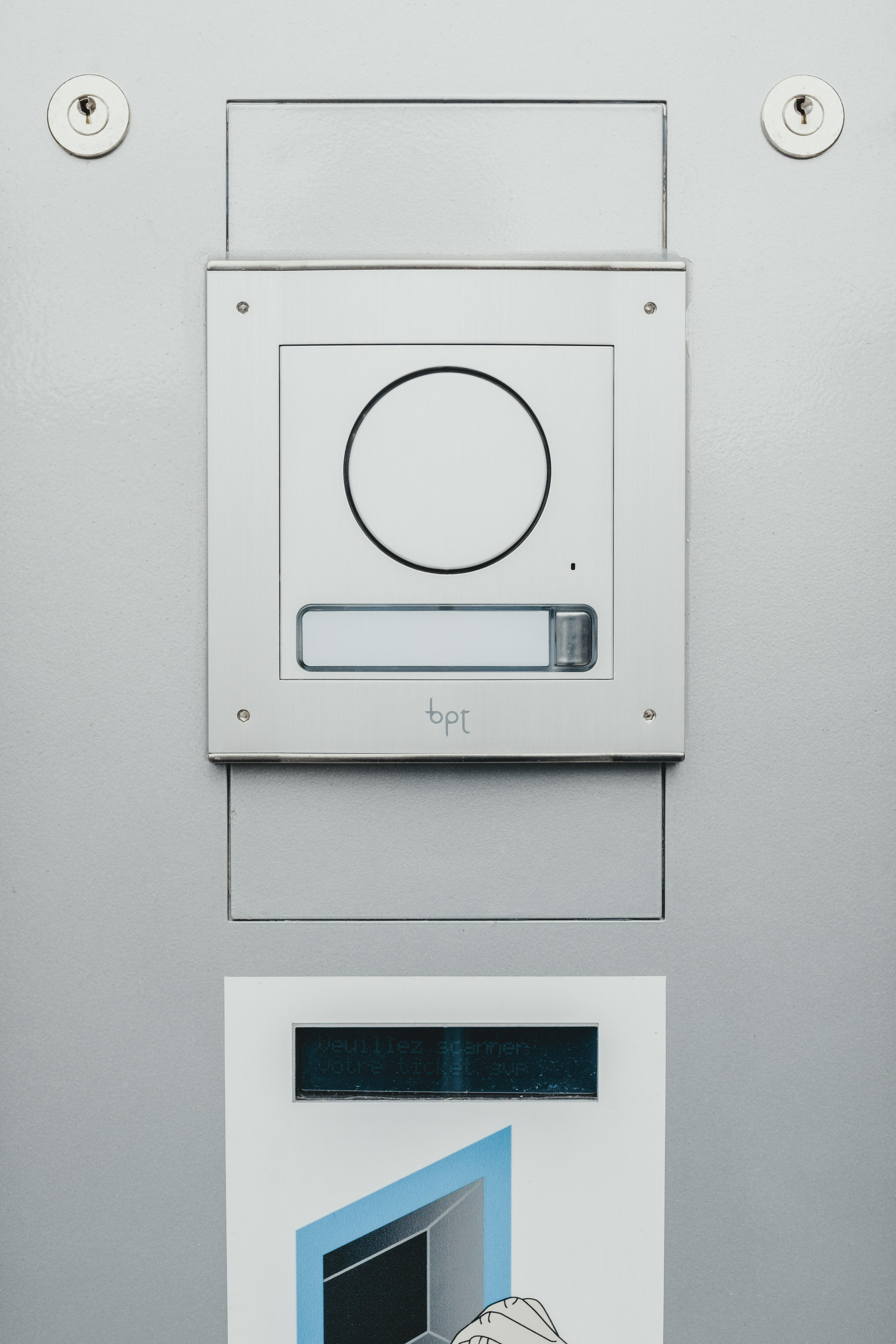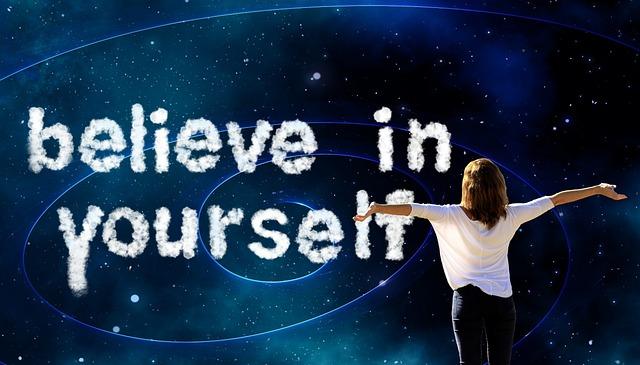In the vast landscape of human ambition and endeavor, the forces that propel us forward can be as varied as the paths we choose to tread. From the student burning the midnight oil in pursuit of academic excellence, to the athlete pushing through the last mile in a grueling race, the catalysts of motivation are as integral to success as the goals themselves. Yet, a compelling question lingers in the shadows of our aspirations: Are the external rewards that glitter enticingly on the horizon truly as potent as the internal flames that burn within? In this exploration, we delve into the intricate dance between external motivators, such as accolades and monetary gains, and the internal drivers—passion, purpose, and personal fulfillment—that silently guide our most profound pursuits. As we unravel this complex interplay, we seek to uncover whether the allure of external validation can ever rival the enduring power of intrinsic motivation in the quest for achievement and satisfaction.
The Power Within Understanding the Impact of Internal Motivation
Internal motivation, often seen as the silent force that propels individuals towards their goals, holds a profound influence on personal and professional development. Unlike external motivators, which can wane as circumstances change, the drive that comes from within is enduring and deeply personal. It empowers individuals to overcome challenges and sustain effort over long periods. This intrinsic motivation is fueled by personal values, beliefs, and the satisfaction derived from the activity itself. When individuals are internally motivated, they are more likely to experience a greater sense of autonomy and competence, which enhances their overall performance and satisfaction.
- Autonomy: The freedom to choose one’s path and make decisions without external pressures.
- Mastery: The desire to improve skills and become an expert in a particular area.
- Purpose: A deep-seated belief in the significance of one’s actions and contributions.
In contrast, while external motivators such as rewards or recognition can provide a temporary boost, they often lack the depth and sustainability of internal motivators. They may lead to short-term achievements but seldom inspire a lifelong passion or commitment. Thus, nurturing internal motivation is crucial for cultivating a resilient and adaptable mindset that thrives in the face of adversity.

Beyond Carrots and Sticks The Limitations of External Incentives
In the realm of motivation, external incentives like bonuses, grades, or awards often serve as the traditional tools to encourage desired behaviors. However, these extrinsic motivators can sometimes fall short, especially when compared to the enduring power of internal drives. The limitations of relying solely on external rewards are manifold. They can create a dependency that diminishes intrinsic motivation, leading to a scenario where individuals perform tasks only for the reward, not for the inherent satisfaction of the task itself. Moreover, once the reward is removed, the motivation often vanishes, leaving a void where enthusiasm once thrived.
- Short-lived impact: External rewards can quickly lose their effectiveness, requiring constant escalation to maintain the same level of motivation.
- Reduced creativity: A focus on rewards can stifle creativity, as individuals may prioritize achieving the reward over exploring innovative solutions.
- Dependency culture: Relying heavily on external motivators can cultivate a culture of dependency, where actions are driven by rewards rather than personal values or interests.
Internal motivators, on the other hand, tap into personal passions and interests, fostering a deeper connection to the task at hand. This connection not only sustains motivation over time but also enhances personal fulfillment and growth. By nurturing internal drives, individuals are more likely to engage in tasks with genuine enthusiasm and commitment, leading to greater satisfaction and achievement.

Harnessing Inner Drive Strategies to Cultivate Self-Motivation
Unlocking the power of self-motivation begins with understanding the intricate dance between external influences and our own inner desires. While external motivators such as rewards, recognition, and competition can certainly ignite a spark, they often flicker out when the initial excitement wanes. Instead, cultivating a robust inner drive can lead to sustained progress and fulfillment. Here are some strategies to nurture this invaluable trait:
- Set Personal Goals: Align your objectives with your values and passions. This alignment creates a sense of purpose that fuels your motivation.
- Embrace Self-Reflection: Regularly evaluate your progress and identify what truly inspires you. This practice can help you stay connected to your inner drive.
- Build Resilience: Develop a mindset that views challenges as opportunities for growth. Resilience fosters perseverance, a key component of self-motivation.
- Practice Mindfulness: Staying present helps reduce stress and increases focus, allowing you to engage more deeply with tasks at hand.
By integrating these strategies into your daily life, you empower yourself to harness the full potential of your inner drive. This shift from external dependency to internal mastery can transform how you approach both personal and professional aspirations.

Balancing Forces Integrating Internal and External Motivators for Success
In the pursuit of success, understanding the intricate dance between internal and external motivators is crucial. Internal motivators, such as personal growth, self-satisfaction, and a sense of purpose, are often hailed as the holy grail of sustainable success. They resonate deeply within us, providing a continuous, self-renewing energy that can drive long-term commitment and perseverance. In contrast, external motivators like rewards, recognition, and societal approval, while sometimes viewed as less potent, can serve as powerful catalysts, particularly when integrated thoughtfully with internal desires.
To achieve a harmonious balance between these forces, consider the following strategies:
- Align Goals: Ensure that external incentives are in sync with personal values and intrinsic goals to prevent conflict and foster a cohesive motivational framework.
- Use External Triggers: Leverage external motivators to initiate action, then transition to internal motivators to maintain momentum and deepen engagement.
- Regular Reflection: Periodically evaluate the effectiveness of both motivator types to adapt and refine your approach as personal and professional landscapes evolve.
